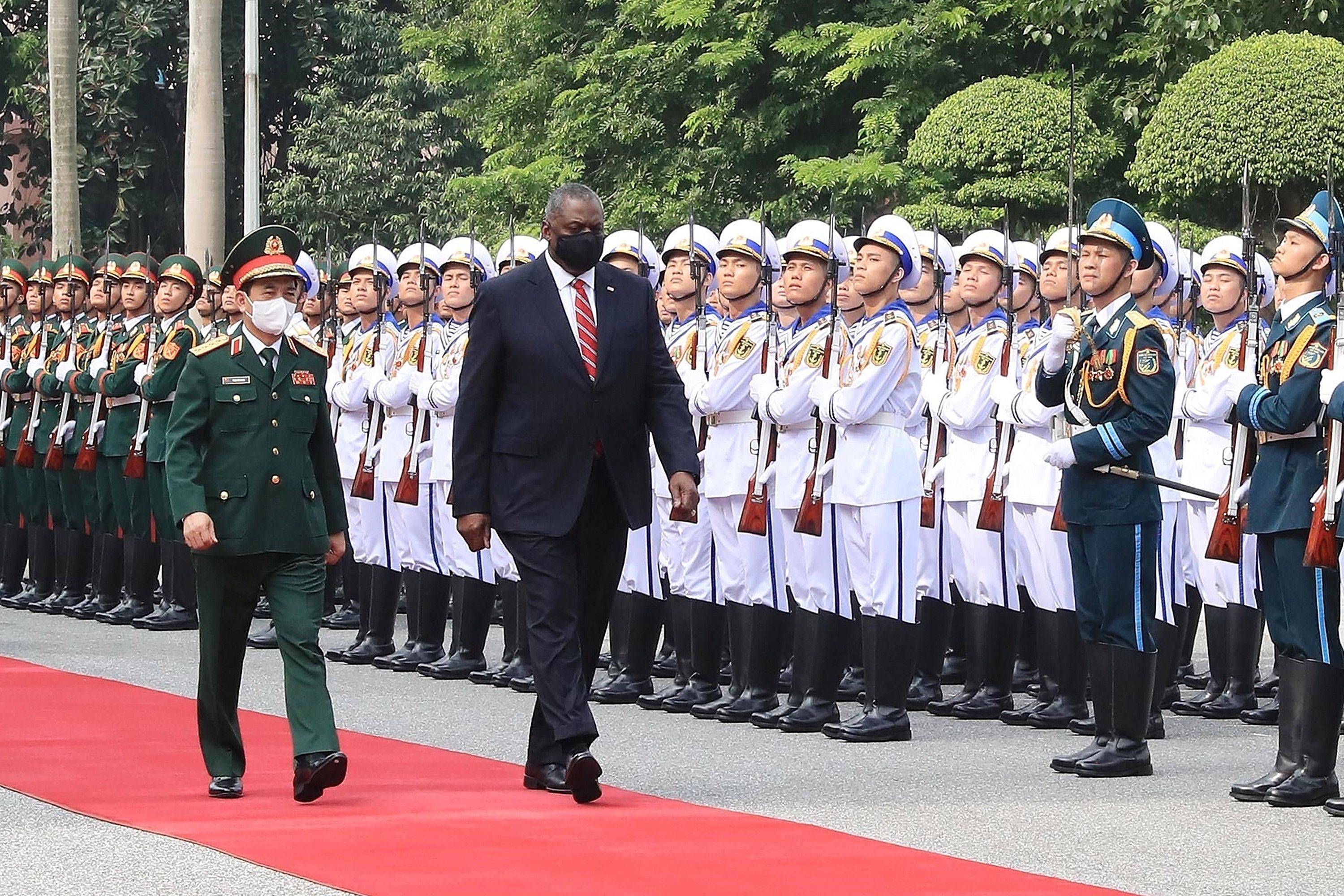It’s a little late, but the Biden administration has finally launched its Southeast Asian diplomatic offensive.
The delays aren’t all the new administration’s fault: Engagement has been stymied by technical glitches and the COVID-19 pandemic. But the gaping hole between rhetoric that prioritized the region and a failure to follow through jeopardized its strategic ambitions. The Biden team has shifted into high gear, dispatching officials and announcing policies to reinforce U.S. ties with the region and promote vital cooperation on shared concerns.
The embrace of the Indo-Pacific as a strategic framework highlights the importance of Southeast Asia: It’s the geographic nexus of the Indian and Pacific oceans. All U.S. governments talk about the region’s importance and tout their eagerness to engage, but the particularities of Southeast Asian diplomacy, especially the unwieldy creature that is ASEAN, are frustrating and other issues invariably get in the way. Regional governments are quick to notice — and point out — the discrepancies.


















With your current subscription plan you can comment on stories. However, before writing your first comment, please create a display name in the Profile section of your subscriber account page.